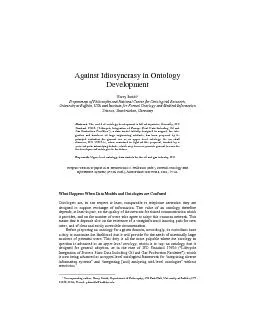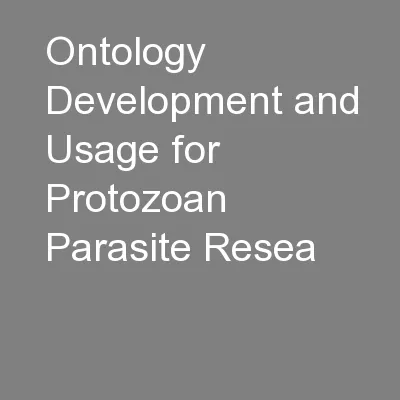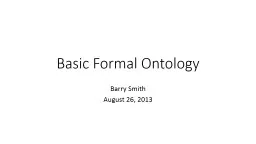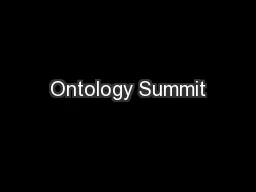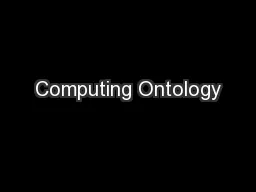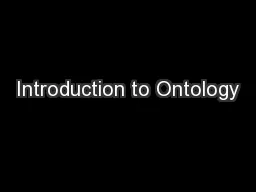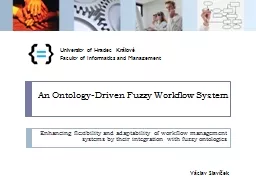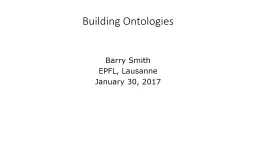PDF-Against Idiosyncrasy in Ontology Development Barry SmithDepartment of
Author : alida-meadow | Published Date : 2015-08-10
Preprint version of paper What Happens When Data Models and Ontologies are Confused Corresponding author Barry Smith Department of Philosophy 130 Park Hall University
Presentation Embed Code
Download Presentation
Download Presentation The PPT/PDF document "Against Idiosyncrasy in Ontology Develop..." is the property of its rightful owner. Permission is granted to download and print the materials on this website for personal, non-commercial use only, and to display it on your personal computer provided you do not modify the materials and that you retain all copyright notices contained in the materials. By downloading content from our website, you accept the terms of this agreement.
Against Idiosyncrasy in Ontology Development Barry SmithDepartment of: Transcript
Download Rules Of Document
"Against Idiosyncrasy in Ontology Development Barry SmithDepartment of"The content belongs to its owner. You may download and print it for personal use, without modification, and keep all copyright notices. By downloading, you agree to these terms.
Related Documents

